For dog lovers with allergies, finding the right pup can be tricky. Many people are allergic to pet hair or dander, which is made up of tiny skin flakes and saliva proteins that dogs naturally shed.
While no dog is 100% hypoallergenic, some breeds are known to produce less dander and allergens. They are especially suitable for those living in apartments or small homes.
Factors that make the dog more allergy-friendly
There are some factors that definitely help in managing allergic reactions, including:
Regular grooming that includes brushing the dog’s fur, bathing, and clipping the coat minimizes pet dander levels
Investing in air purifiers, a powerful vacuum, or buying one that can be used on dog hair directly
Removing thick carpets from the house as they store dust, dander, and hair
If you’re looking for a compact companion that won’t leave you sneezing, here are some small dog breeds that are considered allergy-friendly:
Small Allergy-Friendly Dog Breeds
1. Poodle (toy and miniature)
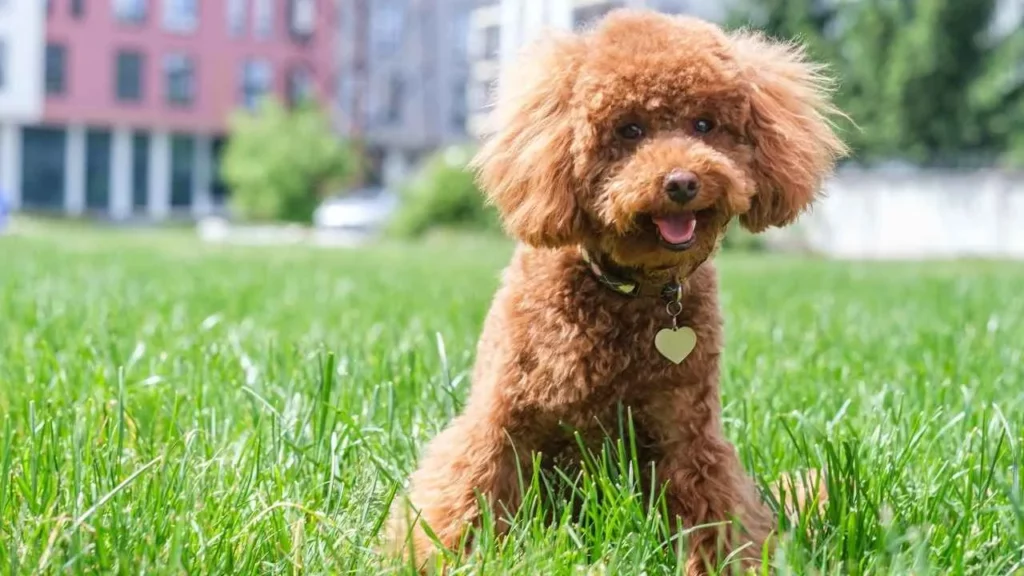
Poodles are one of the best breeds for allergy sufferers, thanks to their curly, low-shedding coat that traps dander. The dander and loose hair can be removed with regular grooming, keeping allergens to a minimum.
They come in three sizes: standard poodle, toy poodle, and miniature poodle. The toy and miniature sizes are perfect for allergy sufferers.
According to the Pawlicy Advisor, poodles have a single coat, made of hair, not fur. Their hair grows in long hair growth cycles, which slows down shedding.
Poodles are incredibly smart, affectionate, and eager to please. They are also easy to train and love being around people. Due to their history as water dogs, they appreciate active lifestyles.
Grooming needs
Frequent brushing daily or every other day
Professional grooming every 4-6 weeks
Regular bathing to reduce dander buildup
Pros
Low-shedding and allergy-friendly waterproof coat
Highly intelligent and trainable
Loving and adaptable
Cons
High grooming maintenance
Needs mental stimulation and physical activity to avoid boredom
Sensitive if not socialized
2. Yorkshire Terrier
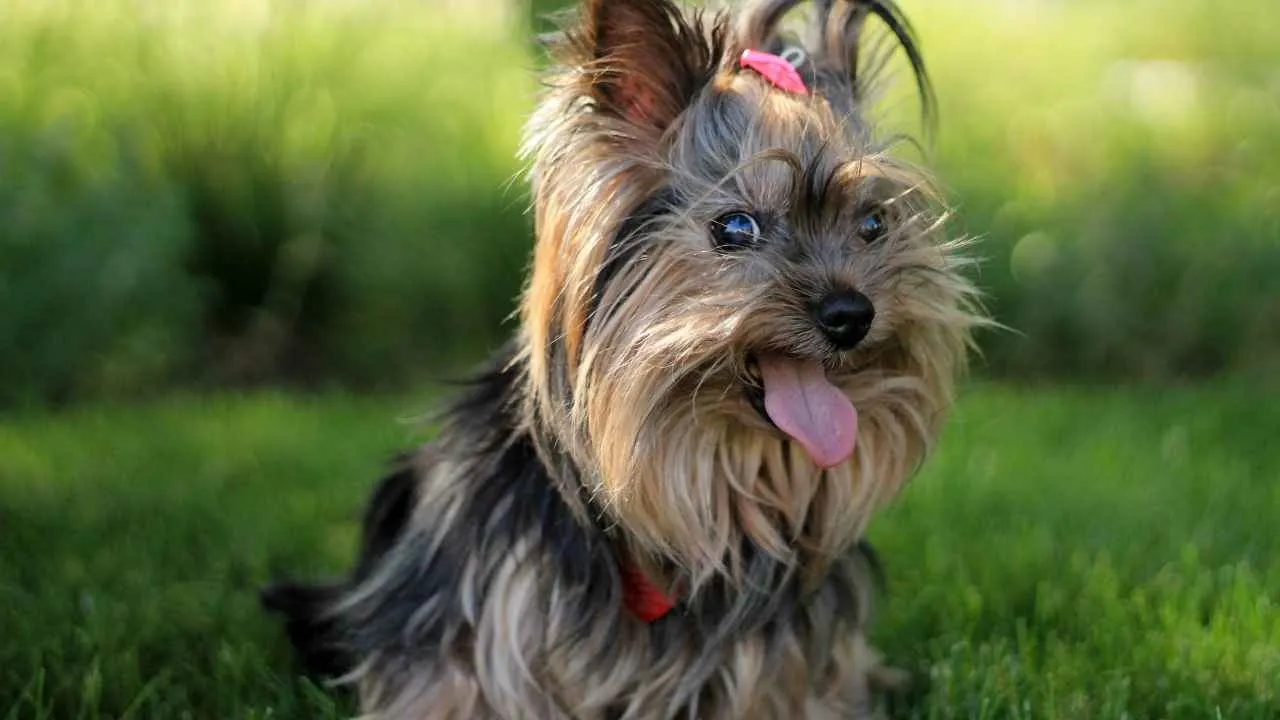
Compact, stylish, and full of personality, the Yorkshire Terrier is one of the most adored small hypoallergenic dog breeds. Weighing in at just 4-7 pounds, Yorkies are ideal for city dwellers.
Yorkies have hair, not fur, similar to humans. It means they shed very little. This reduces airborne allergens like dander, making them a better option for allergy sufferers.
Personality-wise, they are a bold, curious, and affectionate breed. Despite their tiny size, they have a big attitude. Yet, they are loyal and bond closely with their favorite humans. Socialization is necessary to help them get along well with strangers and other dogs.
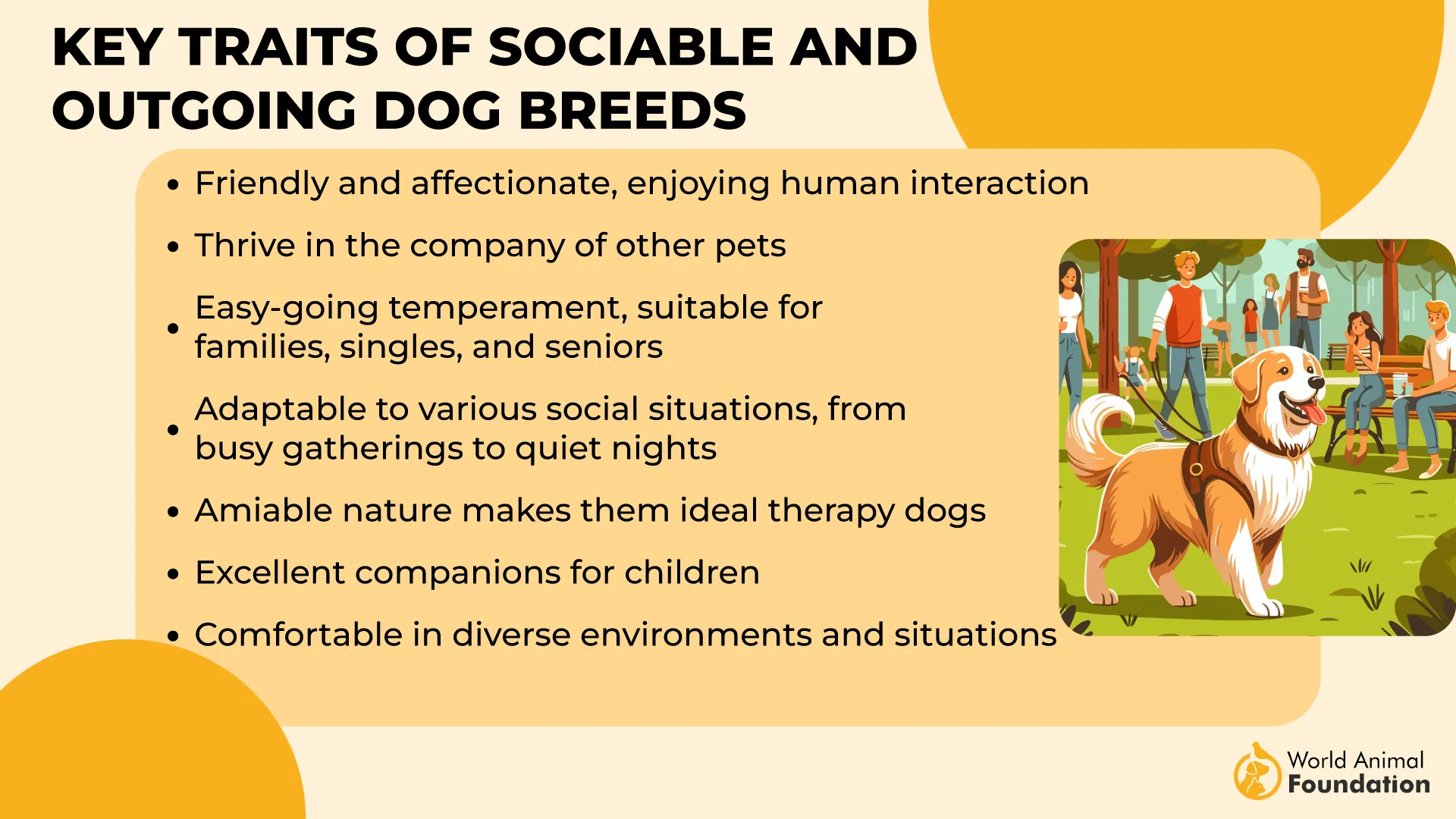
Grooming Needs
Daily brushing if you keep the long coat and not the puppy cut
Regular trims for an easier and manageable ‘puppy cut’
Routine baths
Pros
Low-shedding and good for allergy-sensitive homes
Devoted and alert companion
Compact and travel-friendly
Cons
Can be yappy without training
Prone to small dog syndrome
Needs consistent grooming
3. Shih Tzu
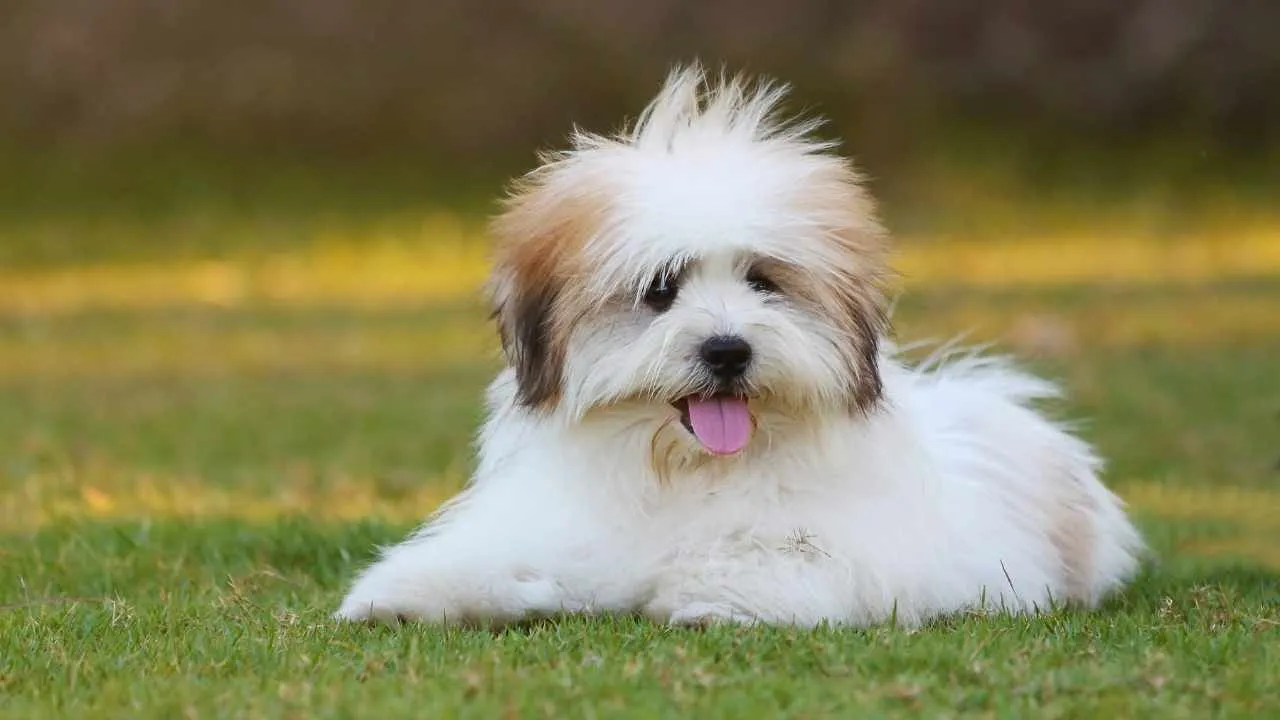
Shih Tzus are affectionate and sturdy little royal dogs that were originally bred to be companions to the royalty in ancient China. Due to their sweet nature, elegant appearance, and calm temperament, they make wonderful lap dogs and family pets. They get along well with children and other pets.
Shih tzu’s hair grows continuously and sheds minimally. This means they produce less dander and trap loose hair in the coat. The allergens are reduced through frequent grooming.
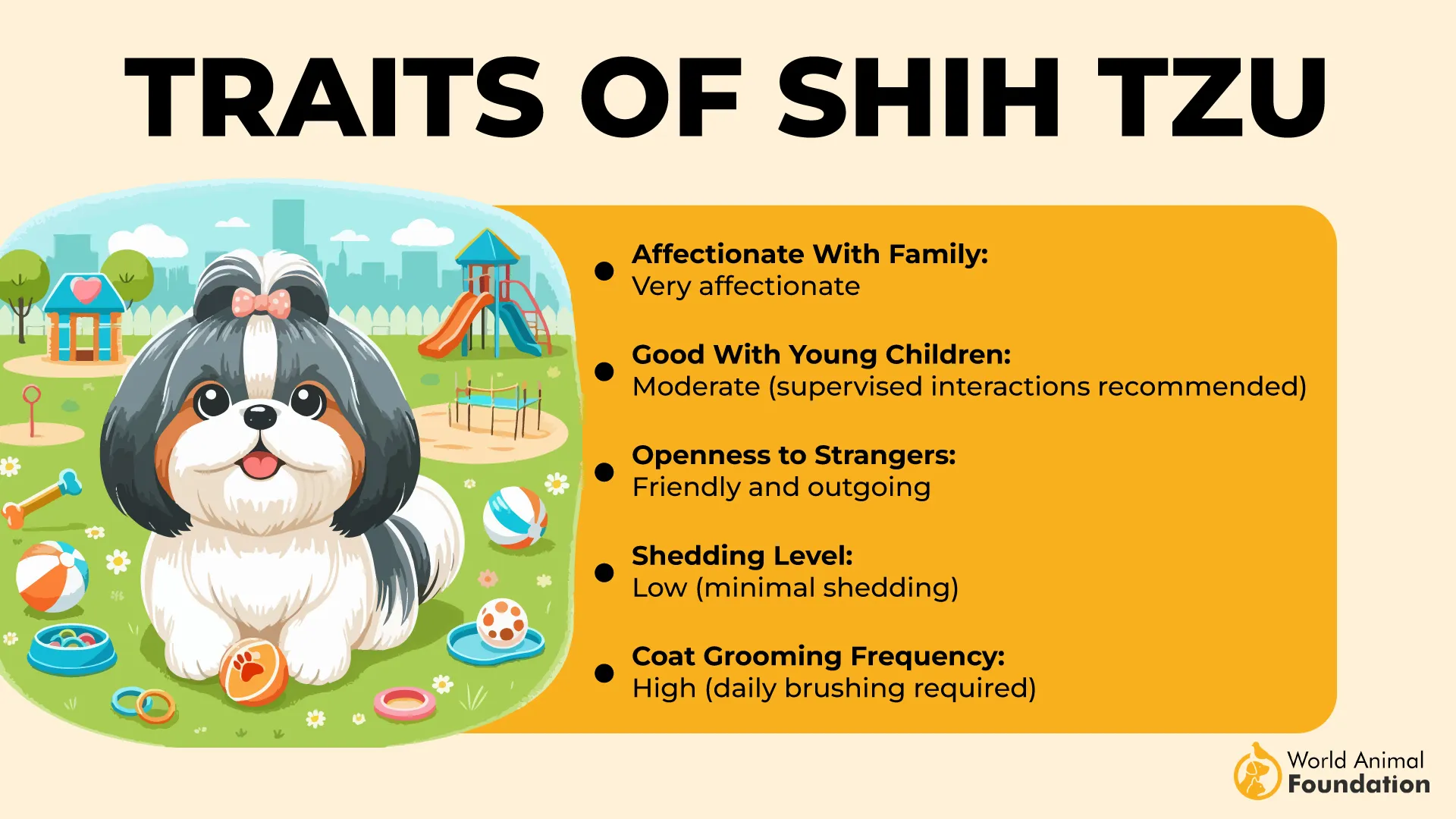
Grooming Needs
Daily brushing, if the coat is kept long, to prevent matting
Regular grooming every 4-6 weeks
Frequent face and eye cleaning to prevent tear stains and irritation
Pros
Low-shedding coat
Affectionate and sociable
Good for all living environments
Moderate exercise
Cons
High grooming maintenance
Can be stubborn during training
Prone to overheating due to flat faces
4. Miniature Schnauzer
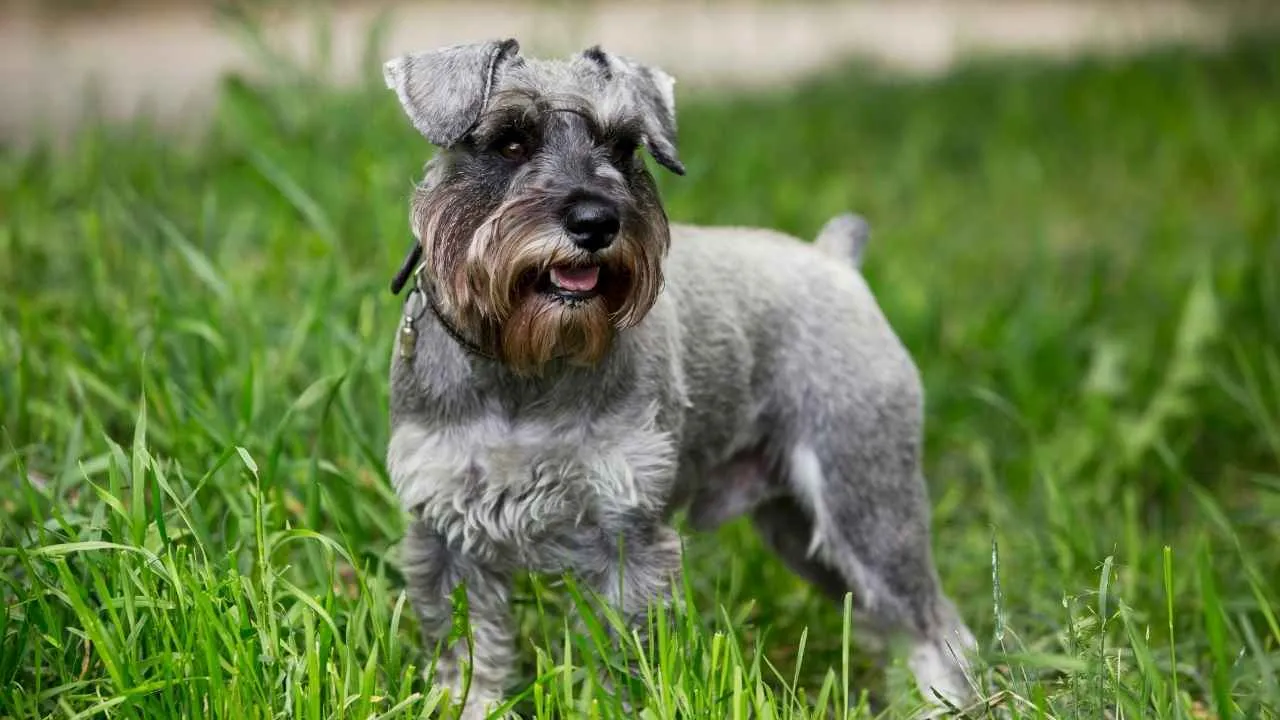
The miniature schnauzer is a small, hypoallergenic breed with the most unique and iconic appearance. The bushy brows, mustache, and beard give it a unique old-man-like appearance. Originally bred as a farm dog in Germany, this rat-hunter is both alert and affectionate.
As per AKC, they have a wiry coat that sheds very little. Their hair does not naturally fall out, instead, they are trapped in the undercoat and are removed during brushing. Additionally, their skin also produces less oil, which helps in reducing allergens, making it a solid choice for people with dog allergies.
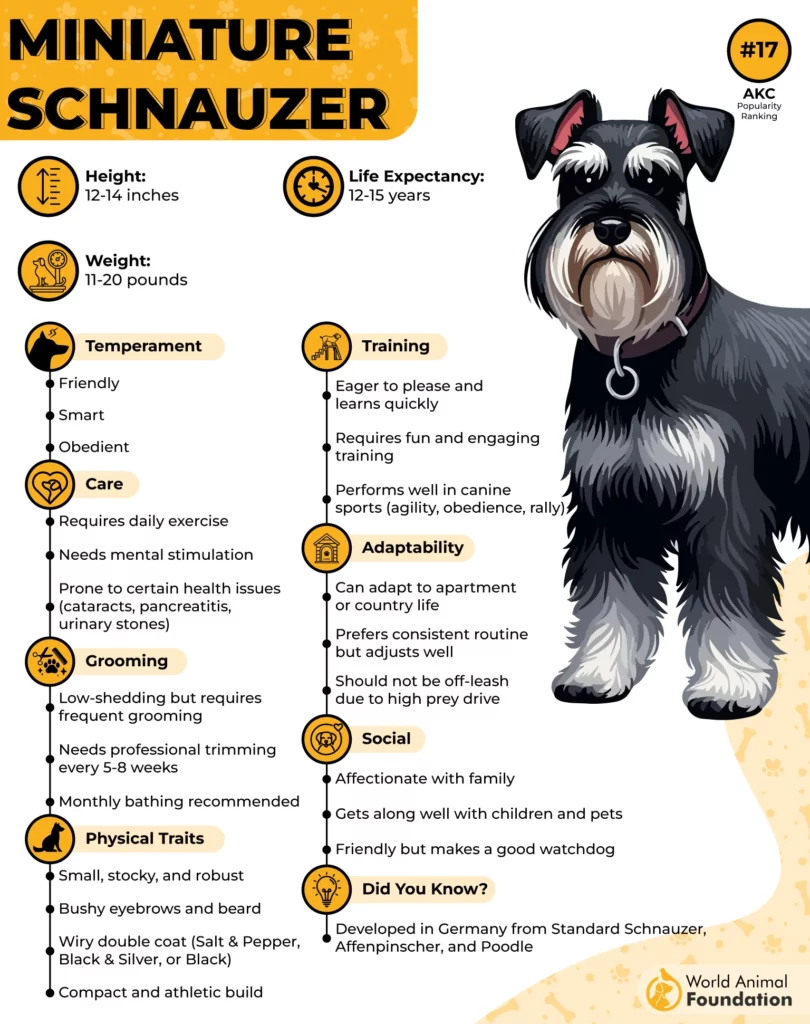
Grooming Needs
Brushing several times a week
Regular clipping or hand stripping every 5-8 weeks
Beard cleaning after meals to keep things tidy
Pros
Non-shedding coat with fewer allergens
Great non-aggressive watchdog
Playful, obedient, and easy to train
Cons
Regular grooming
Vocal tendency, if not trained early
May chase small animals due to hunting instincts
5. Bichon Frise

Bichons have a soft, curly coat that does not shed much. It works like a filter and traps dander and hair before it spreads in the air.
Bichon Frise is a great choice for people with allergies triggered by a dog’s saliva, as they produce little to no drool. They have a single coat, which means less hair to fall overall. As per Petplan, they shed very little, as most of the hair is trapped until it is brushed out.

Overall, the Bichon Frise is a cheerful, cloud-like companion dog with a gentle personality and love for attention. With their upbeat attitude, they make great family dogs and thrive on human attention. They are also smart and perform well in obedience training if handled gently.
Grooming Needs
Regular brushing to prevent matting
Professional grooming
Regular bathing to keep the coat bright and reduce allergens
Pros
Hypoallergenic, low-shedding single-layer coat
Social and happy
Great with families and other pets
Cons
Needs frequent grooming
Can develop separation anxiety if left alone for too long
Prone to tear stains
6. Affenpinscher

The Affenpinscher is also called the ‘Monkey Dog’ due to its unique, expressive face. Just like it looks, it is bold, charming, and comically entertaining.
Their rough, wiry coats shed minimally, making them suitable for allergy sufferers. With minimal natural oil on the skin and a tendency to stay fairly clean, they are often easier on allergy sufferers.
Originally bred in Germany to hunt rats in kitchens and stables, this toy-sized terrier now makes a quirky and loyal companion. Due to the same reason, they get bored easily and do best with positive training and socialization.
Grooming Needs
Weekly brushing to prevent tangles and matting
Trimming and hand stripping
Regular walks and face cleaning
Pros
low-shedding and dander control
Quirky and entertaining
Good watchdog in a tiny package
Cons
Can be stubborn or bossy if not well-trained
Grooming requires techniques
May not tolerate rough handling from very young kids
7. Bolognese
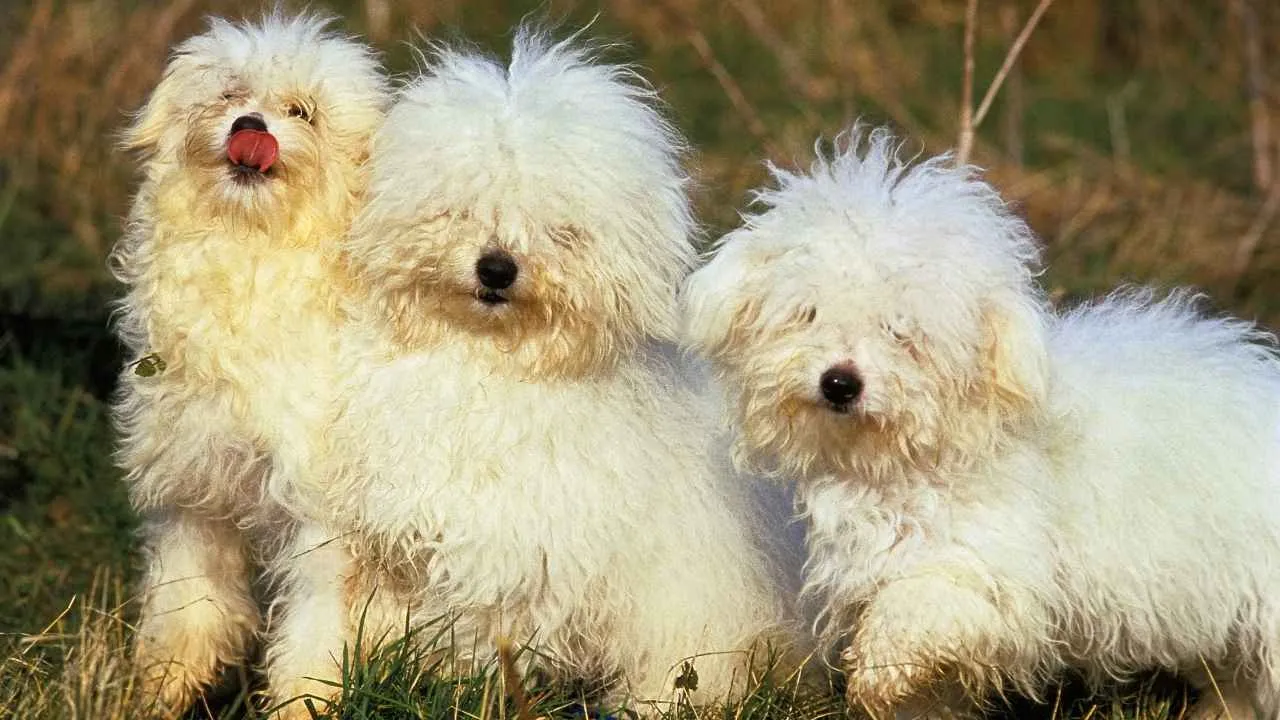
The Bolognese is a rare and elegant dog breed from Italy, known for its fluffy white coat and calm nature. The coat is ‘non-shedding’ and is tolerated well by those prone to dog allergies.
Gentle, affectionate, a bit shy and reserved with strangers, the Bolognese form deep bonds with their humans. They are often low-energy and easy-going, but they do not like being left alone for longer periods. With proper socialization, they can learn to open up to new people.
Grooming them requires a bit of care if the coat is kept long. Clipping around the eyes is recommended. Most people love to keep their bolos in a short coat.
Grooming Needs
Daily brushing
Regular bathing
Professional grooming every few weeks
Pros
Excellent for allergy-sensitive households
Calm, loving temperament
Quiet and adaptable to all living spaces
Cons
High grooming needs
prone to separation anxiety
shy around new people
Conclusion
For individuals with pet allergies, finding the right dog breed should not mean compromising on companionship or charm. While there is no such thing as a 100% hypoallergenic dog, some pups naturally have low-shedding traits that can minimize allergic reactions with proper maintenance.
Other than the small allergy-friendly dog breeds mentioned above, breeds like the Portuguese water dog, the Giant schnauzer, and the Irish Water Spaniel offer allergy-friendly qualities in larger sizes. Some tiny dogs with silky coats, like the Maltese dogs, also make excellent low-shedding companions.
With proper grooming and attention to the coat type, it is possible for pet parents to enjoy the love of a dog while keeping allergies in check!


